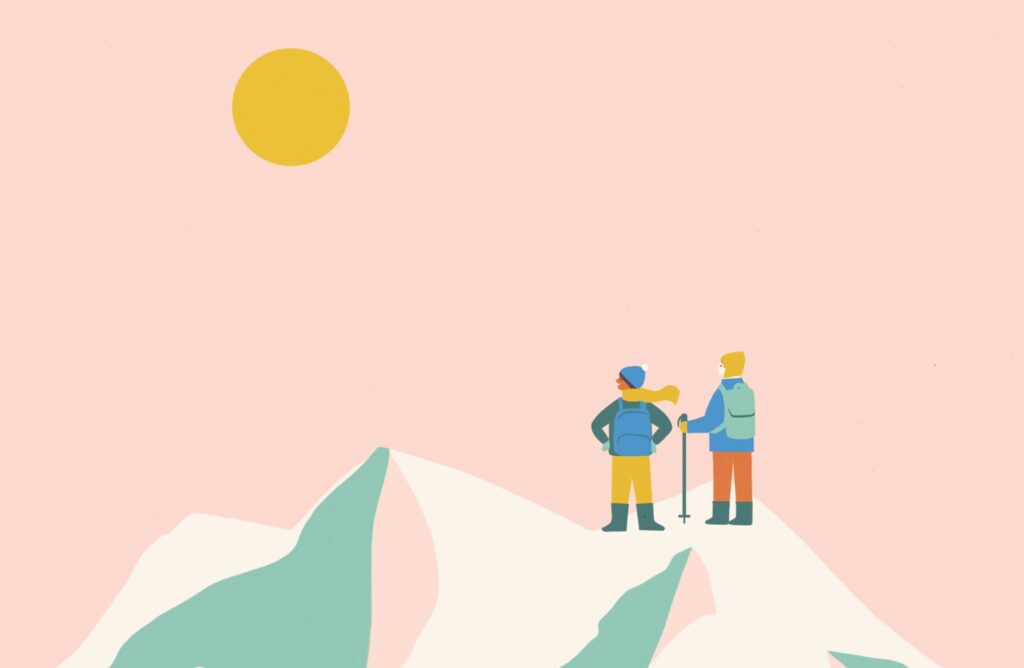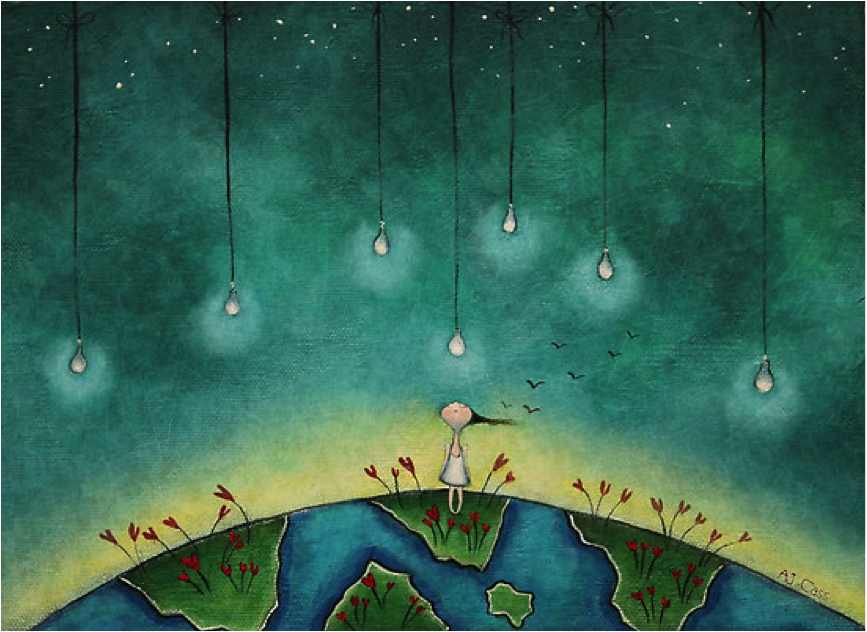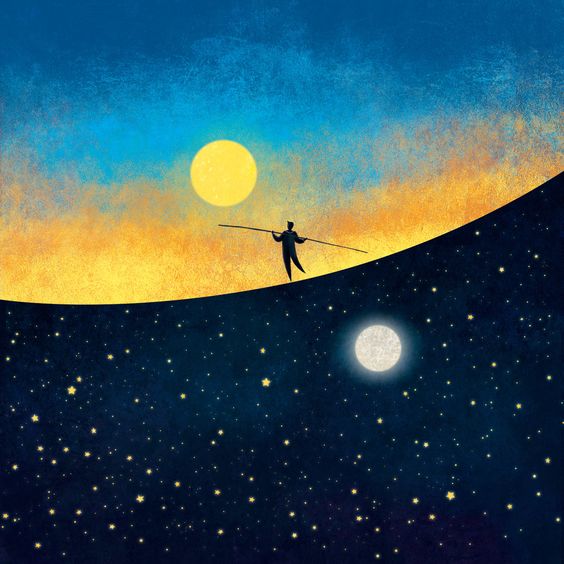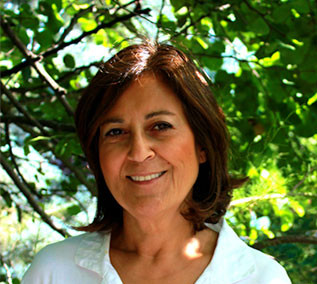
Winter of 1939. Finland is invaded by the Red Army. The Finns are far inferior in numbers and artillery. But they have “sisu” in greater quantities as the story goes. Using their cross-country skiing skills, they manage to surprise and disperse the Russian troops.
The Finns describe “sisu” as the guts, the courage of the lesser. A mixture of audacity and perseverance which leads to never giving up, even when all seems lost. It is an inner strength that transforms one’s supposed inferiority to advantage by thinking out of the box.
Joanna Nylund, author of “Sisu, the Finnish Art of Courage” defines it :
It’s an action-oriented mindset. You don’t brag about having sisu; but just let your actions do the talking.

The great thinker and mathematician René Descartes (1596 -1650), renown with his works on human nature and reason, explains the source of basic emotions as follows:
Since entertaining any thought at all carries an affective dimension, that will in turn prompt movements in the imagination and in passions… certain passions which are corporeal seem to lie in certain parts of the body.
[…]
Some passions have the same root. They complement each other and involve mixtures, even contrary mixtures as in hope and fear. Hope is a disposition of the soul to persuade itself that what it desires will come to pass, which is caused by a particular movement of spirits, namely, by that of mingled joy and desire.
And fear is another disposition of the soul, which persuades it that the thing will not come to pass. But since passions literally push in a particular direction, movements in different directions tend to cancel each other out. When hope is so strong that it altogether drives out fear, its nature changes and it becomes complacency and confidence….Likewise, when fear is so extreme that it leaves no room at all for hope, it is transformed into despair, and this despair, representing the thing as impossible, extinguishes desire altogether, for desire bears only possible things.

400 years after Descartes, neuroscience proved that when danger is perceived, the amygdala in the brain is stimulated and the warning is transmitted to the organs through the autonomic nervous system. As Descartes put forth, the fear created by a flux of thought in the corporeal imagination signals the heart, and causes a vibration. Thus, as the word has it, fear and hope reside in the heart. For it is the affair of the heart that “ the brave heart overcomes fear and hope sprouts in the heart.”
As much as human fears are universal such as loss of a job, change, relational conflicts, physical fears, the looming fear of death, fear of social validation, etc., the traumatic worldly events and media infusions warping the earth also fabricate fear and weave it in the voile of our everyday life.
One chooses to react to fear in ways that suit him the most in a given scenario. Common reactions to fear are: to run away, to confront the feared object and fight, or to ignore it, remain in a passive or even a paralyzed state. Educator, author and businessman Stephen Covey (1932-2012), highlights “ fighting against fear ” as a key characteristic of highly efficient people :
Just as we develop our physical muscles by overcoming difficulties such as lifting weights, we also develop our character muscles by overcoming difficulties and negativities.
The effort does not aim at defying fear with the expectation of glorious heroism, but of taking action with patience and humility. It is an attempt to step out of the role of a passive spectator or even of a victim, and take proper action. The essence of the struggle is in persevering to move ahead in good faith despite fear.
Aristotle candidly states :
The cure for fear is action. Action requires courage.
Ostad Elahi (1895-1974), thinker, judge and musician of our time, says the following about fear:
Fear is a terrible thing—far better to lose one’s mind than to be a coward. Much like animals, it is human nature to exploit fear in others and to show deference in the face of defiance. The way to overcome fear is to imagine and prepare for the worst-case scenario and to remind oneself that ‘[ultimately] there is no darker color than black before taking on the struggle.
A life lived-well is attained by living in accord with one’s essential values and virtues. That is where one finds the true meaning of one’s life, and it becomes the remedy to preserve the wholesome health of one’s being. For which courage is necessary, as Aristotle punctuates it :
Courage is a cardinal virtue because it is essential to guard and practice other virtues.

It takes subtle inner work to change one’s reaction to fear. No matter what kind of fear – real or imaginary, internal or external – the antidote is first created at the thought level through self-suggestion. Then comes the action stage, where thought is put in practice. Robert Frost illuminates it :
“The best way out of a difficult situation is to walk through it.”
Duygu Bruce







